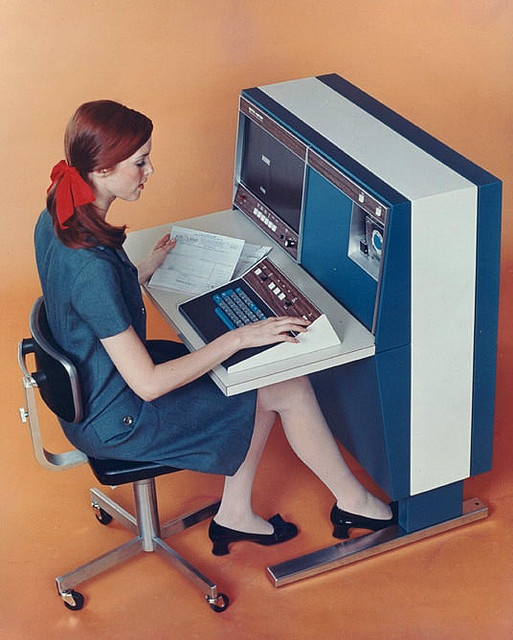The Economist wonders if machines will cause mass unemployment. I’m not sure that’s precisely the right question.
Let’s argue for a moment that Deep Learning and automation don’t cause technological unemployment in a truly sweeping fashion over the next several decades. That doesn’t necessarily mean that we’re safe from social disorder. One of the factors in the waves of nativism and anti-immigration we’re currently experiencing in many developed countries is the diminishment of the middle class. Isn’t it possible that positions disappearing into the machines could be less than comprehensive yet still occur at a level that would lead to further deterioration. What, exactly, is that tipping point? How much can be absorbed before things fall apart?
From the Economist:
Economists are already worrying about “job polarisation,” where middle-skill jobs (such as those in manufacturing) are declining but both low-skill and high-skill jobs are expanding. In effect, the workforce bifurcates into two groups doing non-routine work: highly paid, skilled workers (such as architects and senior managers) on the one hand and low-paid, unskilled workers (such as cleaners and burger-flippers) on the other. The stagnation of median wages in many Western countries is cited as evidence that automation is already having an effect—though it is hard to disentangle the impact of offshoring, which has also moved many routine jobs (including manufacturing and call-centre work) to low-wage countries in the developing world. Figures published by the Federal Reserve Bank of St Louis show that in America, employment in non-routine cognitive and non-routine manual jobs has grown steadily since the 1980s, whereas employment in routine jobs has been broadly flat (see chart). As more jobs are automated, this trend seems likely to continue.
And this is only the start. “We are just seeing the tip of the iceberg. No office job is safe,” says Sebastian Thrun, an AI professor at Stanford known for his work on self-driving cars. Automation is now “blind to the colour of your collar”, declares Jerry Kaplan, another Stanford academic and author of “Humans Need Not Apply”, a book that predicts upheaval in the labour market. Gloomiest of all is Martin Ford, a software entrepreneur and the bestselling author of “Rise of the Robots”. He warns of the threat of a “jobless future”, pointing out that most jobs can be broken down into a series of routine tasks, more and more of which can be done by machines.
In previous waves of automation, workers had the option of moving from routine jobs in one industry to routine jobs in another; but now the same “big data” techniques that allow companies to improve their marketing and customer-service operations also give them the raw material to train machine-learning systems to perform the jobs of more and more people. “E-discovery” software can search mountains of legal documents much more quickly than human clerks or paralegals can. Some forms of journalism, such as writing market reports and sports summaries, are also being automated.•

